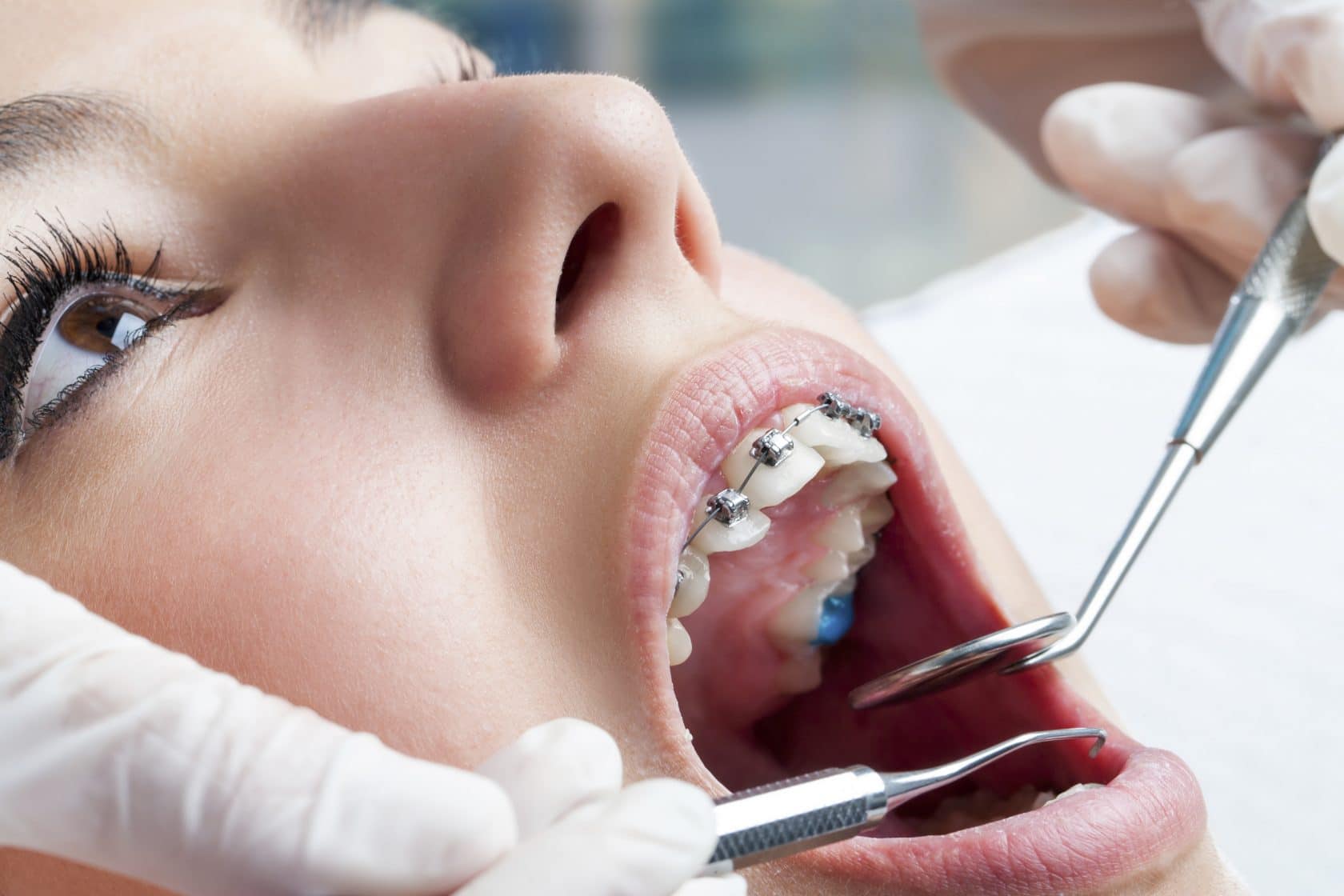Choosing the most effective Cumming Orthodontics for Effective Braces and Aligners Solutions
Choosing the most effective Cumming Orthodontics for Effective Braces and Aligners Solutions
Blog Article
Comprehensive Guide to Orthodontics Procedures for Remedying Dental Misalignments
In the world of orthodontics, the journey to attaining a completely lined up smile involves a myriad of procedures customized to fix dental misalignments. From conventional dental braces to unnoticeable aligners and even surgical choices, the area of orthodontics provides a series of remedies to attend to differing levels of oral abnormalities. Comprehending the details of each treatment, including their systems, benefits, and possible downsides, is important in making notified choices concerning one's orthodontic treatment. As we navigate with the extensive overview to orthodontic procedures for dealing with oral misalignments, the elaborate details of each technique will unravel, shedding light on the course toward a unified and useful oral positioning.
Orthodontic Procedures Review

Normal modifications and monitoring are important parts of orthodontic therapy to guarantee progression is on track and to make any necessary adjustments along the method. By undergoing orthodontic treatments, people can not only achieve a straighter grin yet likewise improve their general oral health and function.
Standard Dental Braces: How They Function
When thinking about orthodontic therapies for oral imbalances, typical dental braces stand out as a time-tested approach for dealing with teeth positioning. Conventional dental braces are composed of braces, cables, and bands that function together to apply constant stress on the teeth, gradually relocating them right into the desired placement.
One key facet of how standard dental braces work is the process of bone renovation. As pressure is put on the teeth through the braces, the bone surrounding the teeth is reshaped to support the new tooth settings. This makeover is necessary for the long-lasting security of the remedied placement. Individuals will require regular changes at the orthodontist's workplace to make certain the dental braces remain to use the right pressure for efficient teeth motion.
Unnoticeable Aligners: Disadvantages and pros
Invisible aligners supply a convenient and discreet choice to conventional braces for dealing with oral misalignments. These clear, custom-made trays are virtually undetectable when used, making them an attractive choice for people looking for a much more cosmetically pleasing orthodontic therapy. Among the primary benefits of unseen aligners is their removability, enabling for less complicated maintenance straight from the source of oral health contrasted to typical dental braces. Clients can eliminate the aligners before consuming or cleaning their teeth, reducing the danger of food getting embeded the home appliance and streamlining the cleansing procedure.

Surgical Orthodontic Options
Surgical interventions in orthodontics existing sensible alternatives for attending to intricate oral imbalances that may not be effectively solved via standard orthodontic therapies. While invisible aligners and traditional dental braces can fix numerous orthodontic concerns, certain instances need surgical treatment to achieve optimal results. Surgical orthodontic options are commonly suggested for severe malocclusions, considerable jaw disparities, and cases where the underlying bone framework needs modification to attain correct placement.
One typical surgical orthodontic procedure is orthognathic surgery, which involves rearranging the jaws to correct practical concerns such as problem speaking or eating. This surgical treatment is often executed in cooperation with an orthodontist that helps straighten the teeth prior to and after the procedure. Surgical orthodontics may also entail procedures to expose influenced teeth, get rid of excess periodontal cells, or improve the jawbone to develop a much more unified face profile.
Before taking into consideration surgical orthodontic choices, individuals undergo an extensive assessment to figure out the necessity and potential benefits of such interventions. braces. While surgery may seem challenging, it can considerably improve both the feature and appearances of the smile in situations where standard orthodontic therapies fail
Retainers and Post-Treatment Treatment

Failing to abide with post-treatment care directions can result in regression, where the teeth gradually move back in the direction of their original positions. Consistent retainer wear, excellent dental health, and regular oral check-ups are crucial for maintaining the results accomplished through orthodontic surgical treatment and guaranteeing the long-lasting stability of the remedied dental placement.
Verdict
To conclude, orthodontic treatments use different choices for correcting dental misalignments. Typical dental braces use metal brackets and cords to shift teeth right into correct placement. Invisible aligners supply an even more discreet choice yet might not appropriate for all cases. Surgical orthodontic options are readily available for more severe imbalances. Retainers are typically made use of post-treatment to preserve the new placement. On the whole, orthodontic treatments can properly improve oral health and visual look.
As we browse through the comprehensive guide to orthodontic procedures for fixing oral imbalances, the elaborate details of each method will certainly unfold, shedding light on the course towards a harmonious and useful dental placement. - cumming aligners
One of the most common orthodontic therapies is the use of braces, which are composed of metal braces and cords that use mild pressure to progressively change teeth into the preferred setting.When taking into consideration orthodontic treatments for oral misalignments, standard braces stand out as a tried and true approach for dealing with teeth positioning. In addition, unnoticeable aligners might not be ideal for complex orthodontic issues that require even more substantial teeth motion, as they are commonly advised for mild to moderate cases. Retainers are custom-made orthodontic devices designed to hold teeth in their see this page remedied positions after the completion of orthodontic treatment.
Report this page